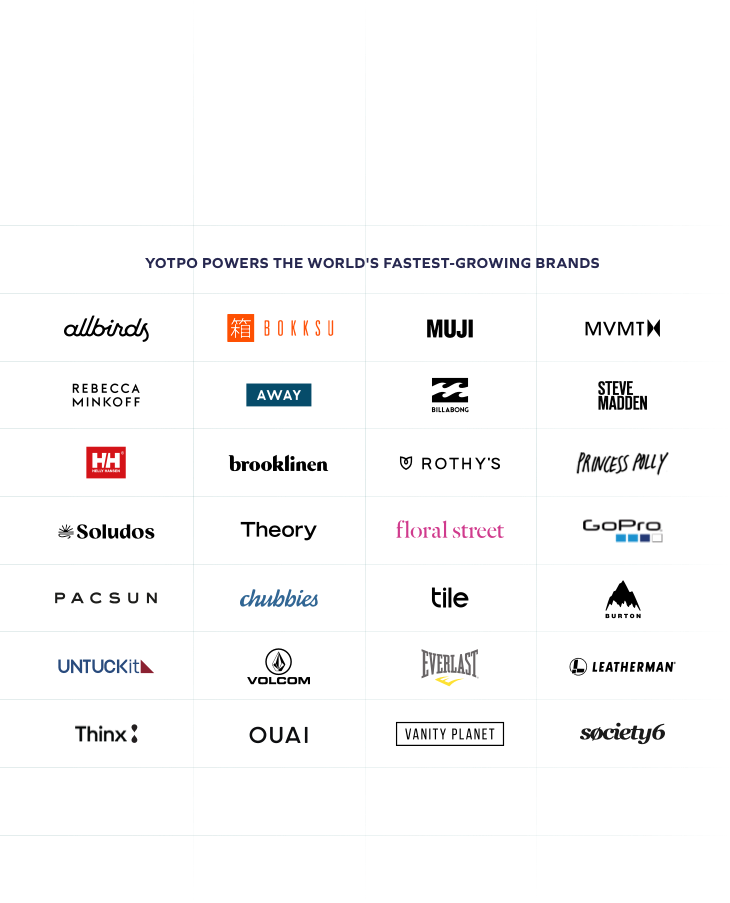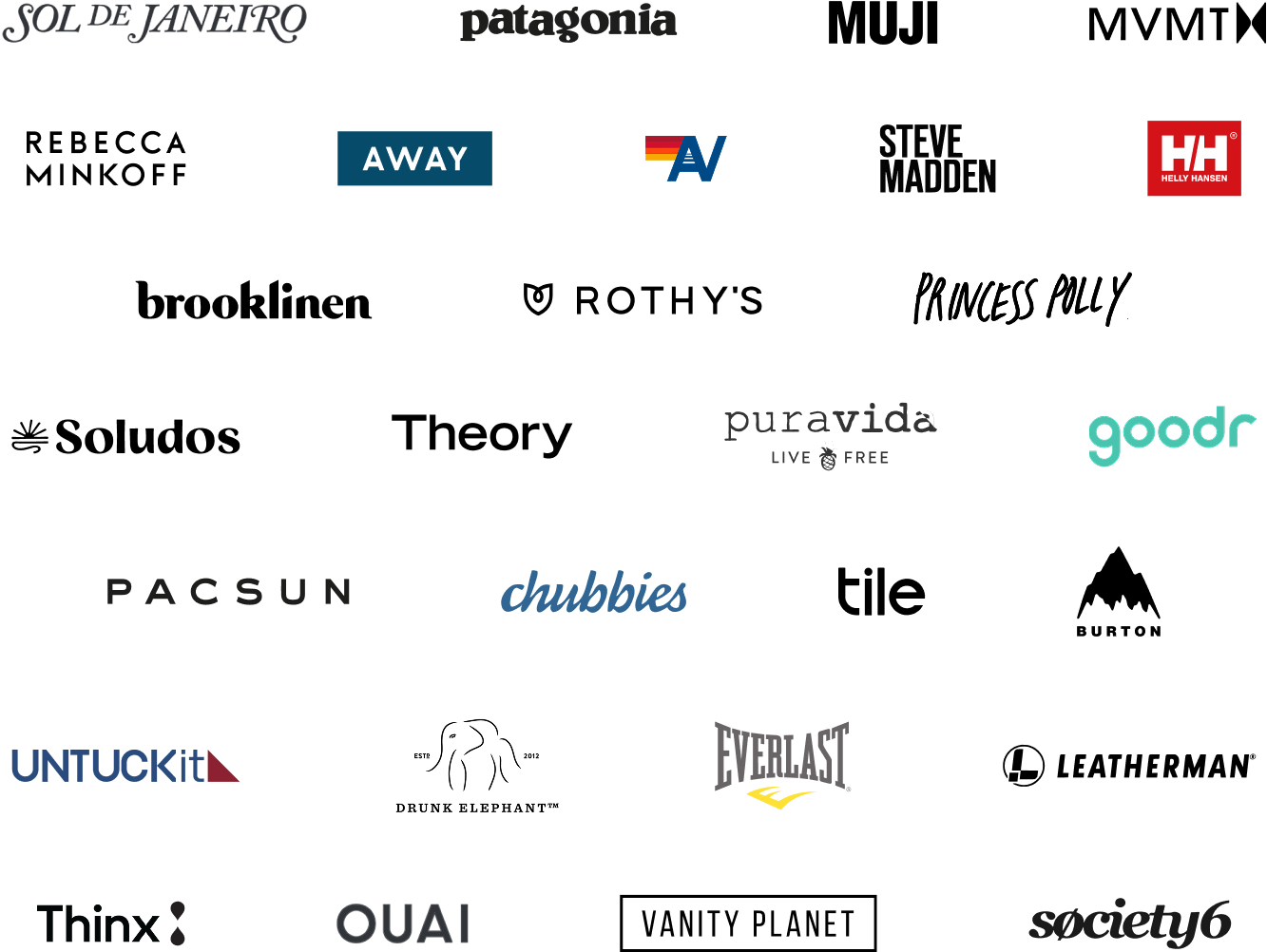Meet shoppers where they are
The vast majority of shoppers — 87%, to be exact — start their product search using digital channels. And if you’re not showing up where the shoppers are, then your potential customers are likely purchasing from your competitors.

Search is a massive opportunity for brand awareness and product discovery. If people don’t know that your brand exists, an online search for “organic activewear” or “fair trade coffee” can surface your products and introduce them to potential customers.
Privacy changes mean SEO is more important than ever
Investing in organic discovery is something all eCommerce brands need to focus on now, as the internet takes major steps toward becoming privacy-first. Google’s intention to phase out third-party cookies, along with Apple’s iOS14 update, which makes it easier for consumers to opt out of data sharing, is just the beginning.
With these changes, ad personalization and performance are anticipated to decline, and the full visibility into ad performance will be limited. The good news is that this is going to affect all advertisers, not just you. But the more you can diversify your marketing strategies now, the better position you’ll be in when these updates — and more that are sure to come — are fully phased in. That’s where SEO comes into play.
Good SEO means that you don’t have to rely on paid Google or Facebook ads to attract customers. It’s more work, both upfront and on an ongoing basis, but it will ensure that you can weather the coming restrictions, and any other changes that may come in the future.
Don’t snooze on Google Shopping
Another avenue for visibility has also opened up to brands since Google Shopping updated its program in April 2020 to allow free listings and commission-free “Buy on Google” posts. Listing your products on the platform — and optimizing them for search — is an additional boost for brand and product discovery.
In order to drive more traffic through organic listings, you want to make sure your product feed is optimized. The most important aspect is the title and you want to make sure this includes the most searched terms relevant to your product. This might mean adjusting colors to more closely reflect search behavior and moving key terms to the beginning of your title. You’ll also want to use search console and Google ads data to identify the queries which drive most conversions. These should then be built into your product description, while also ensuring your feed is generally well-built with all attributes updated.

The above image visualizes the free shopping listings, the four products below the sponsored products at the top are organic.
If your products don’t have a presence on Google Shopping and aren’t showing up on the first page of Google (or in the top three organic results, which are proven to be the most clicked), then your brand is in a digital no man’s land. And as we already mentioned, it’s extremely rare for a site to stumble into those hotly contested spots on a search results page. You need to put in the work in order to reap the rewards.
Optimizing your site for search traffic is no small feat, but it’s an effort that can pay off with long-term customer acquisition. This guide offers a deep dive into everything you need to know to make the most of your eCommerce SEO, from keyword research to content marketing and everything in between.


















 Join a free demo, personalized to fit your needs
Join a free demo, personalized to fit your needs